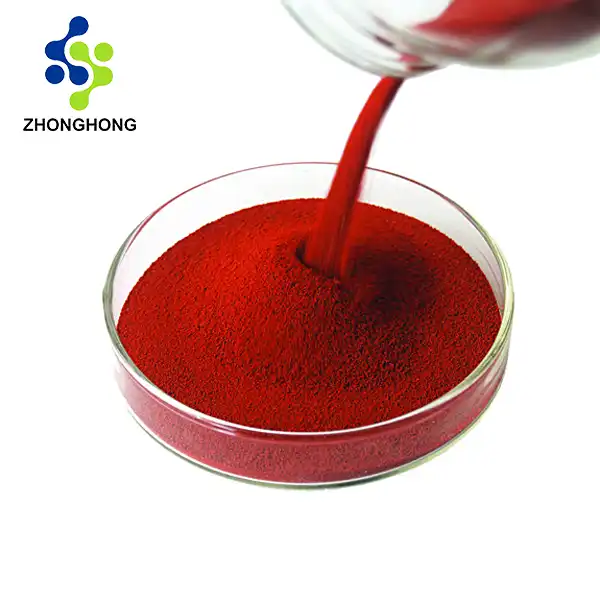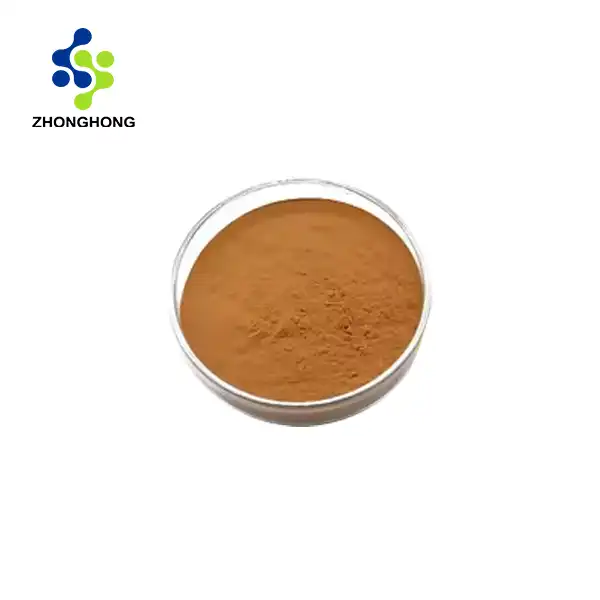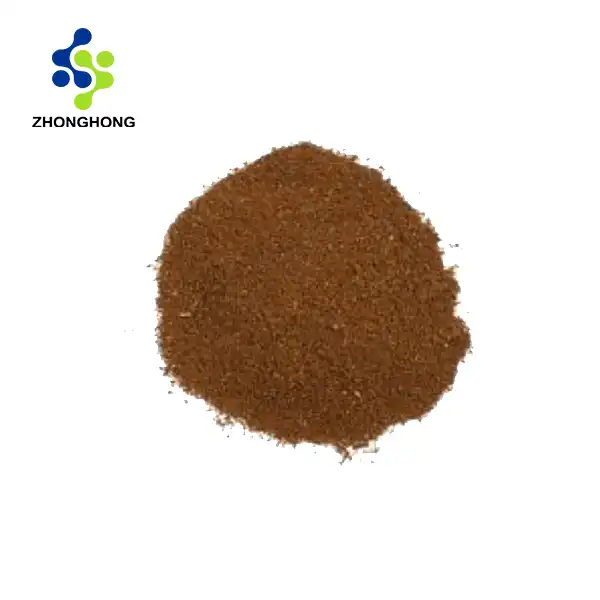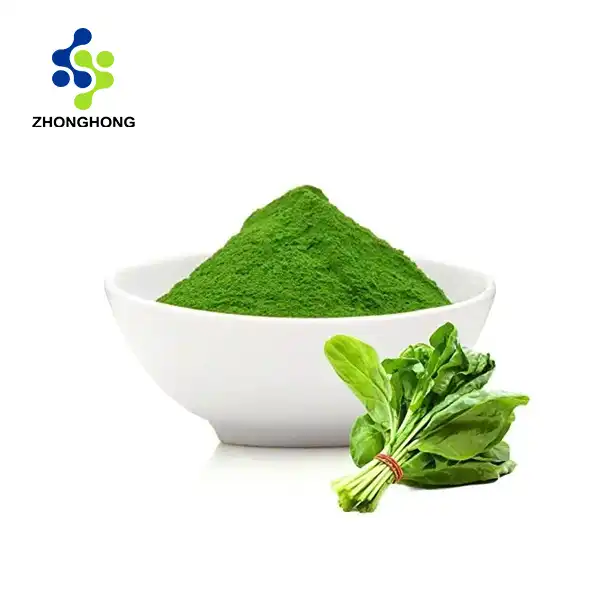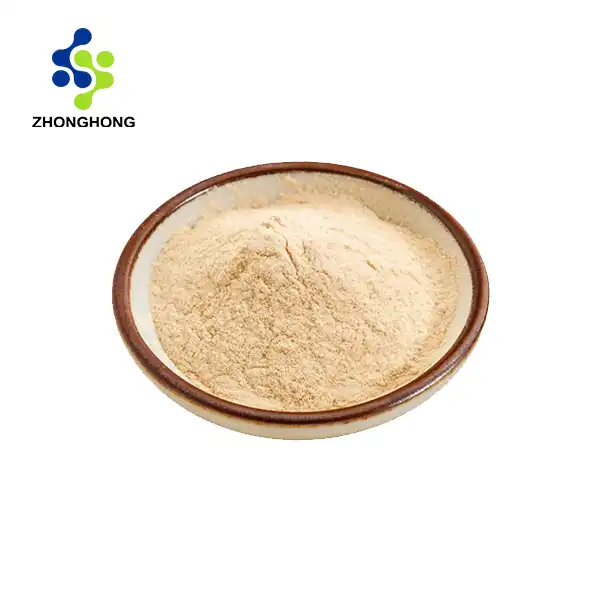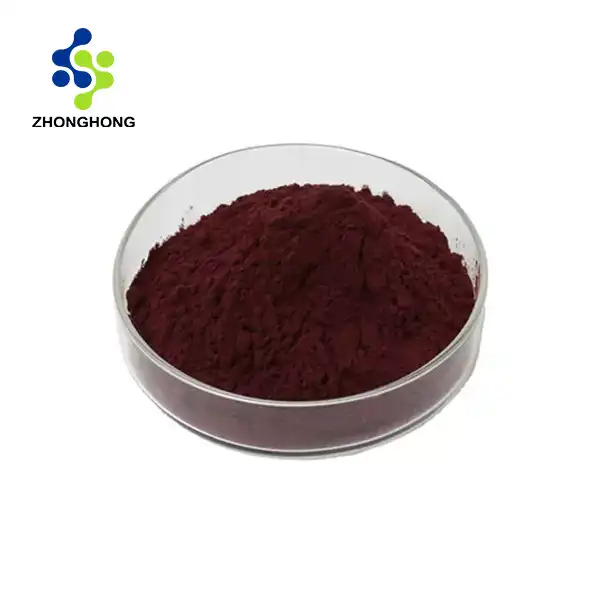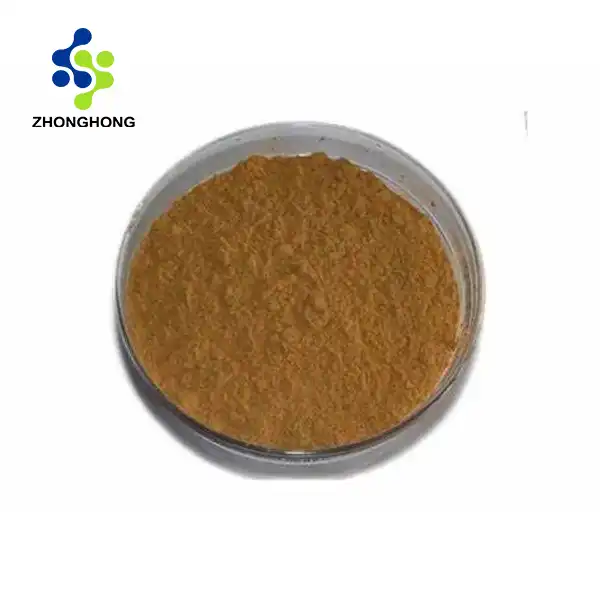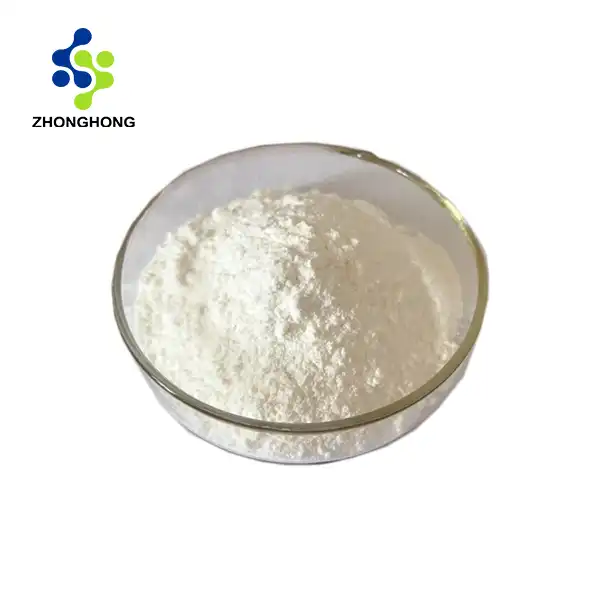Understanding Hop Extraction Methods
Supercritical CO2 Extraction
Supercritical CO2 extraction is a sophisticated method for obtaining hop extract powder. This process utilizes carbon dioxide in its supercritical state, where it exhibits properties of both a liquid and a gas. The CO2 acts as a solvent, effectively separating the desired hop compounds from the plant material. This technique is prized for its ability to preserve the delicate aromatic components of hops while minimizing thermal degradation. The resulting extract is highly concentrated and free from residual solvents, making it an excellent choice for brewers seeking a pure and potent hop product.
Ethanol Extraction
Ethanol extraction is another popular method for preparing hops extract powder. This technique involves soaking hop material in food-grade ethanol to dissolve the essential oils and resins. The solution is then filtered and the ethanol is evaporated, leaving behind a concentrated hop extract. While this method may not be as selective as CO2 extraction, it is effective in capturing a wide range of hop compounds. Brewers often appreciate the full-bodied character of ethanol-extracted hop products, which can contribute to complex flavor profiles in their beers.
Steam Distillation
Steam distillation is a traditional technique that has been used for centuries to extract essential oils from plants, including hops. In this process, steam is passed through the hop material, causing the volatile compounds to vaporize. These vapors are then condensed and collected as a hop oil. While steam distillation may not yield as concentrated an extract as other methods, it is valued for its ability to capture the most volatile aromatic compounds. This makes steam-distilled hop oils particularly useful for late additions and dry hopping applications, where brewers aim to enhance the hop aroma without adding significant bitterness.
Preparing Hop Extract for Use in Brewing
Dosage Calculation
When utilizing hop extract powder in brewing, accurate dosage calculation is paramount. Unlike whole hops or pellets, extracts are highly concentrated, and even small variations can significantly impact the beer's flavor profile. Brewers must consider the alpha acid content of the extract and the desired bitterness level of their beer. Most hop extract suppliers provide detailed specifications, including the International Bitterness Units (IBUs) contributed per gram of extract. By using these values and brewing software or manual calculations, brewers can determine the precise amount of extract needed to achieve their target bitterness.
Incorporation Techniques
Incorporating hop extract into the brewing process requires careful consideration of timing and method. For bittering additions, the hops extract powder is typically added early in the boil to allow for isomerization of alpha acids. This can be done by diluting the extract in a small amount of wort or hot water before adding it to the kettle to ensure even distribution. For late hop additions aimed at flavor and aroma, brewers may choose to add the extract near the end of the boil or even post-fermentation. Some brewers experiment with adding hop extract to the fermenter or during packaging to create unique hop expressions in their beers.
Storage and Handling
Proper storage and handling of hop extract powder are crucial for maintaining its quality and potency. The extract should be stored in a cool, dark place to prevent degradation of the hop compounds. Many brewers opt to keep their hop extracts refrigerated or frozen to extend their shelf life. When handling hop extract, it's important to use clean, sanitized equipment to avoid contamination. Due to its concentrated nature, hop extract can be sticky and challenging to work with. Some brewers find success in warming the extract slightly to improve its flowability or using specialized dosing equipment designed for viscous substances.
Advantages and Considerations of Using Hop Extract
Consistency and Efficiency
One of the primary advantages of using hop extract powder in brewing is the consistency it offers. Unlike whole hops or pellets, which can vary in alpha acid content from crop to crop, hop extracts provide a standardized product with precise specifications. This allows brewers to achieve more consistent results in their beer production, particularly in terms of bitterness levels and hop flavor profiles. Additionally, hop extracts are more space-efficient than whole hops, requiring less storage and reducing transportation costs. This efficiency extends to the brewing process itself, as extracts can be quickly and easily added without the need for filtering out hop material post-boil.
Flavor Impact and Versatility
Hops extract powders offer brewers a high degree of versatility in creating unique flavor profiles. By using different types of extracts or combining them with whole hops, brewers can craft complex hop characters that might be difficult to achieve with traditional hopping methods alone. Some extracts are specifically designed to impart clean bitterness without contributing significant flavor or aroma, allowing brewers to fine-tune the bittering profile of their beers independently of other hop characteristics. Conversely, certain hop oil extracts can provide intense aromatic properties without adding bitterness, opening up new possibilities for late and dry hopping applications.
Economic and Quality Considerations
While hop extracts can offer numerous advantages, brewers must also consider the economic implications and potential quality trade-offs. High-quality hop extracts can be more expensive than traditional hop products, which may impact the cost of production. However, this cost can often be offset by the increased efficiency and consistency in brewing operations. From a quality perspective, some purists argue that hop extracts may lack the complexity of whole hops, potentially resulting in a less nuanced hop character. To address this, many brewers opt for a hybrid approach, using extracts for bittering and whole hops or pellets for flavor and aroma additions. This strategy allows them to capitalize on the benefits of extracts while still capturing the full spectrum of hop compounds in their beers.
Conclusion
Preparing hops extract powder for brewing is a sophisticated process that offers brewers unprecedented control over hop character in their beers. By understanding extraction methods, mastering incorporation techniques, and considering the advantages and challenges of hop extracts, brewers can elevate their craft and create consistently exceptional brews. As the brewing industry continues to evolve, hop extracts stand as a powerful tool in the brewer's arsenal, enabling innovation and precision in hop utilization. If you want to get more information about this product, you can contact us at liaodaohai@gmail.com.
_1728976869676.webp)
